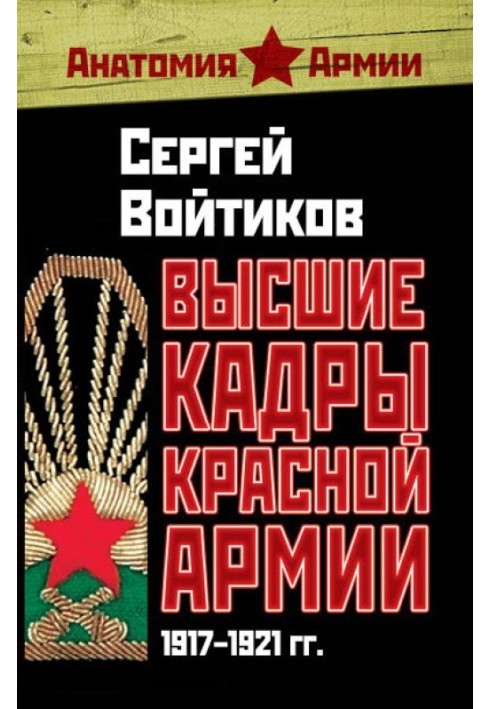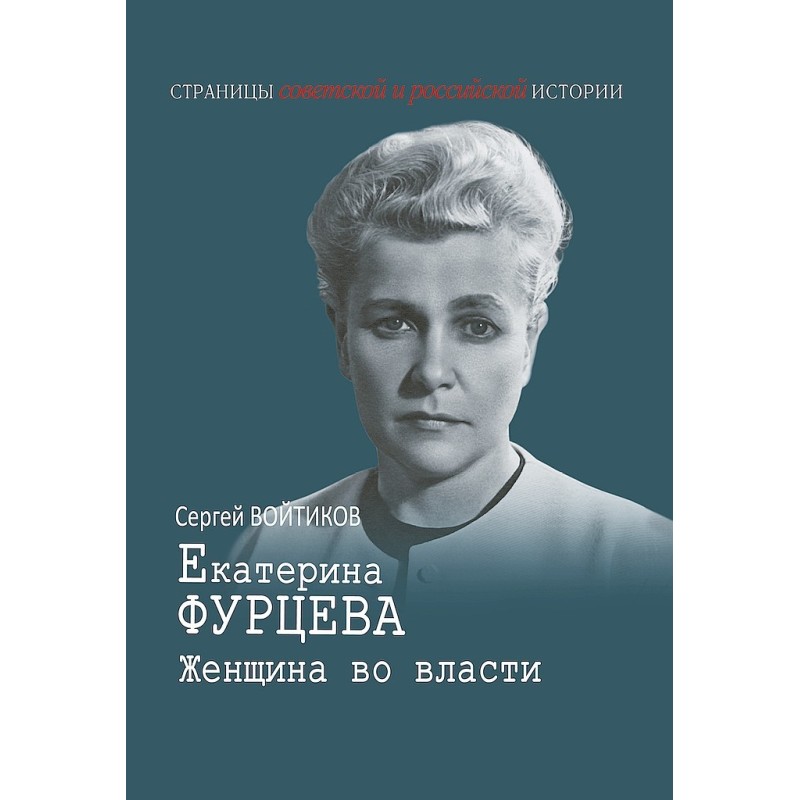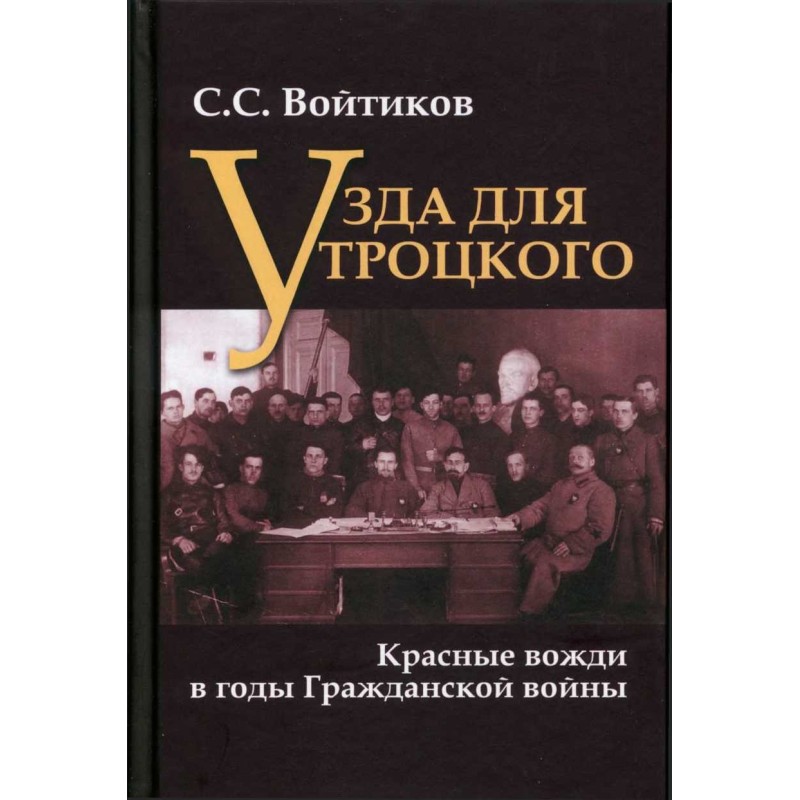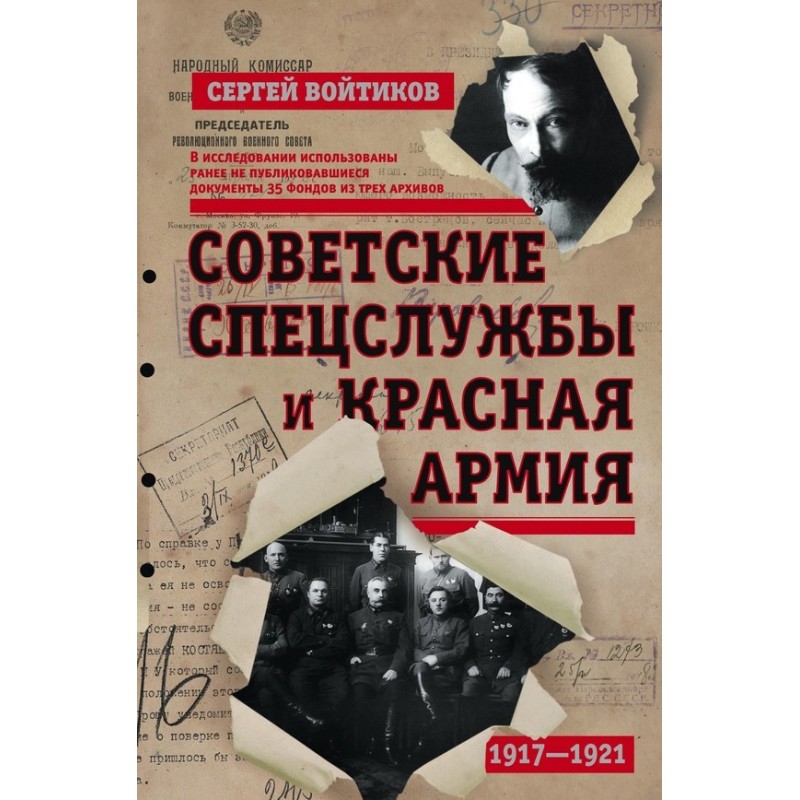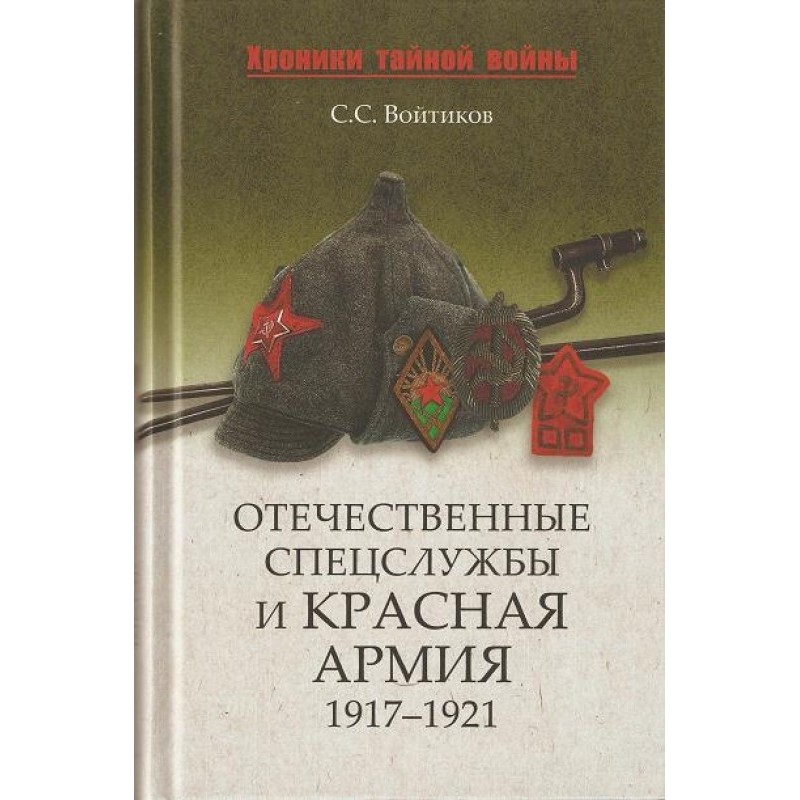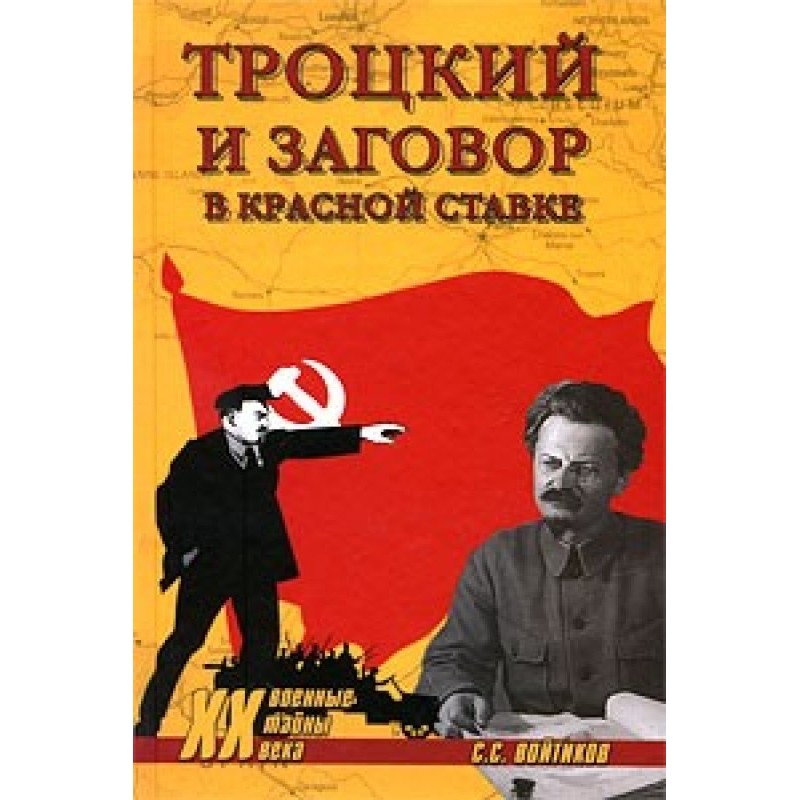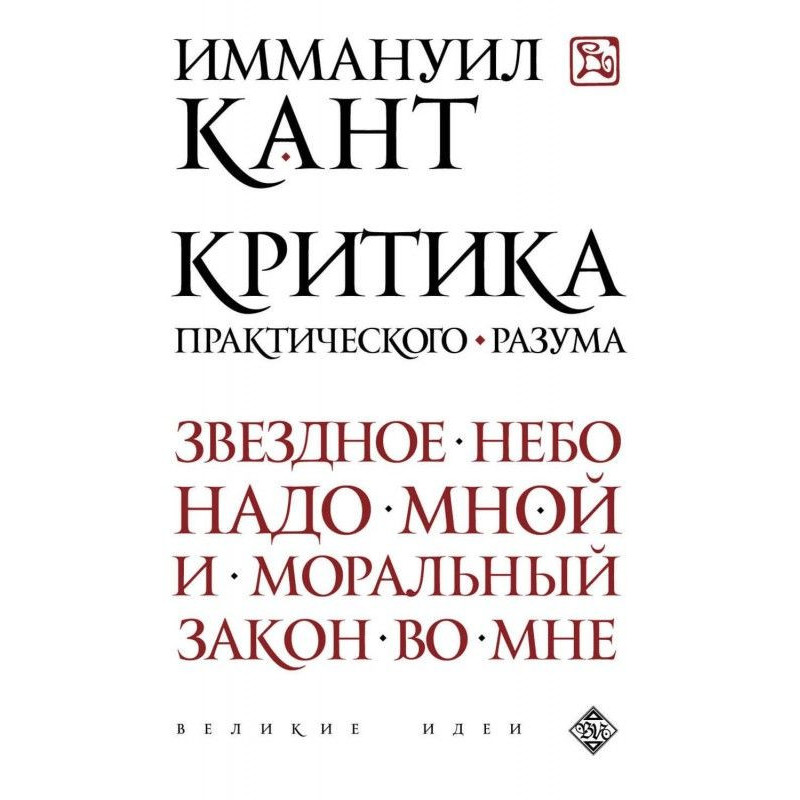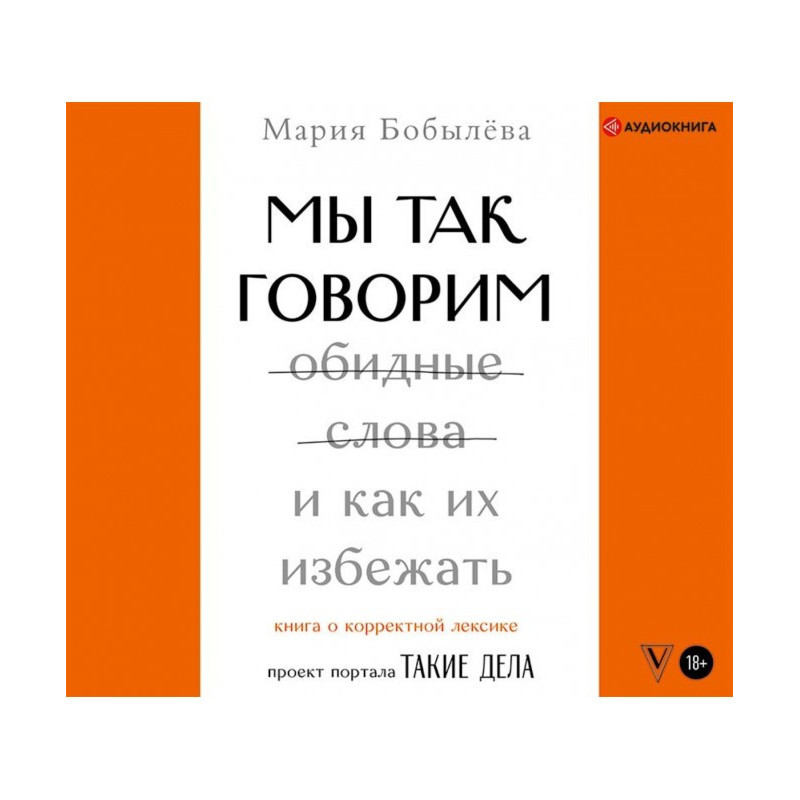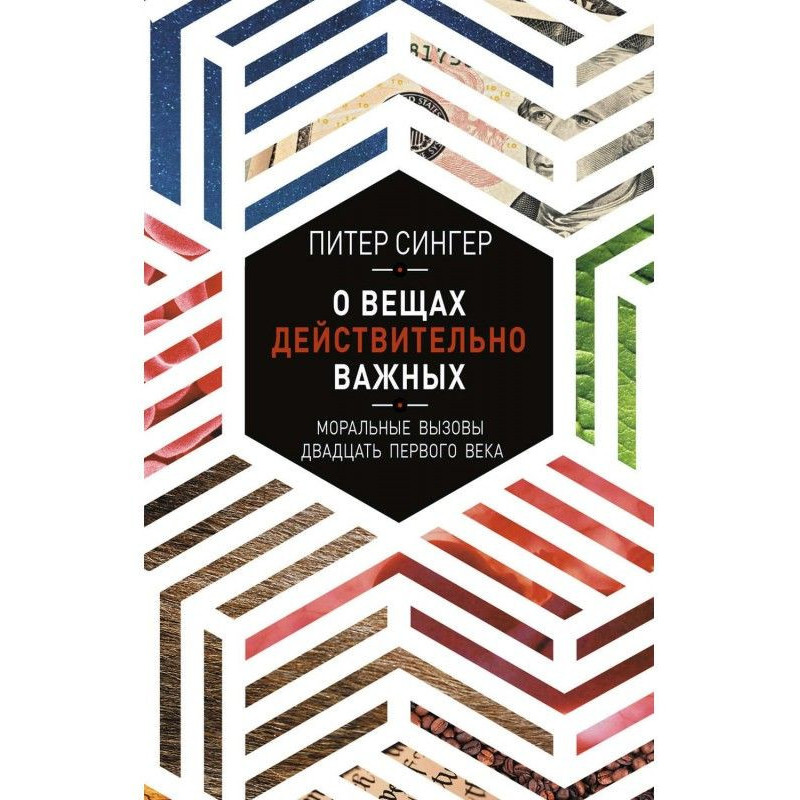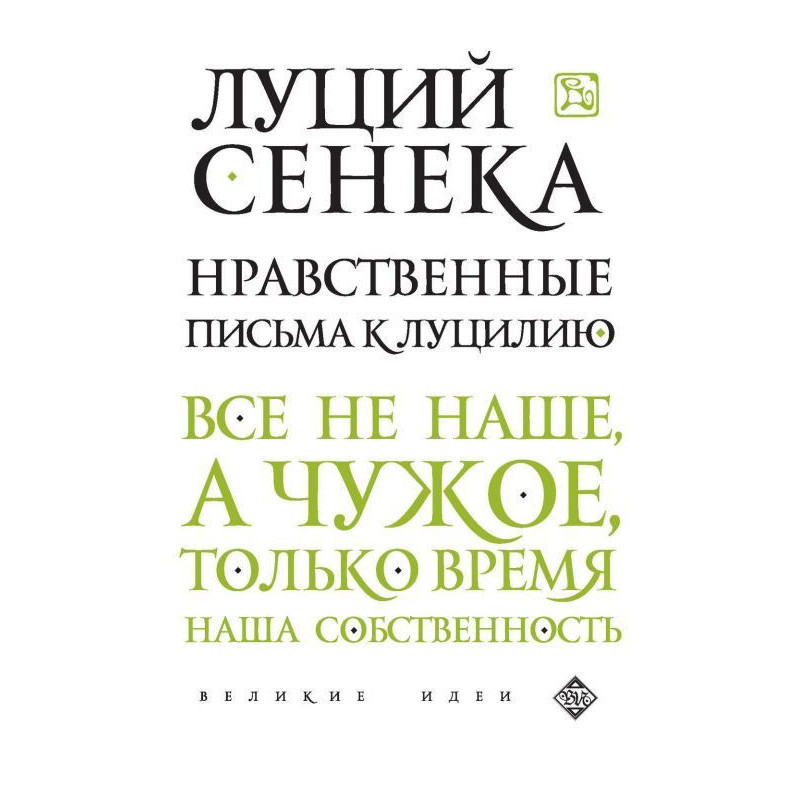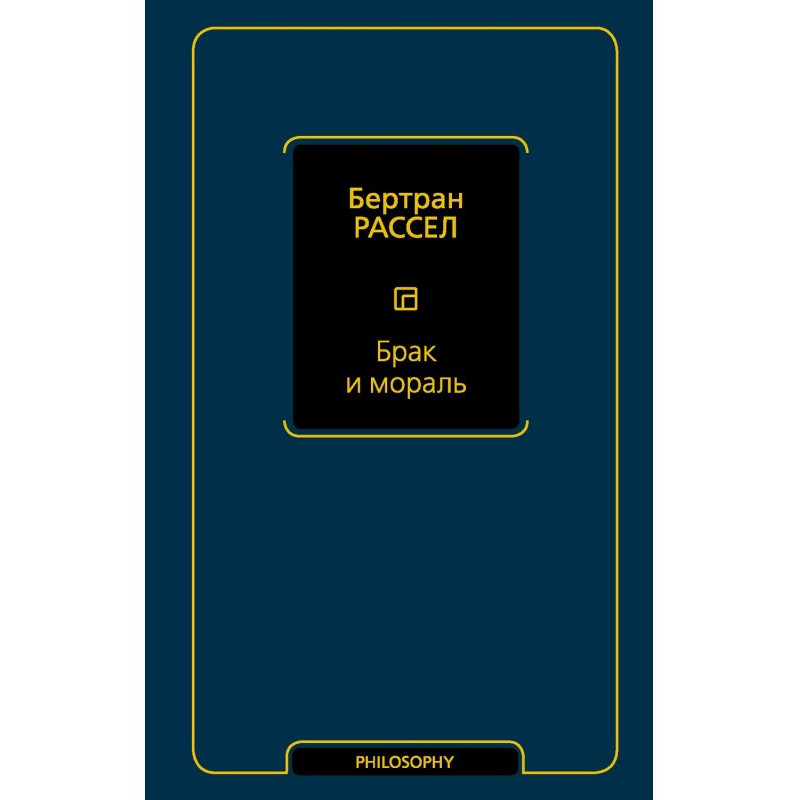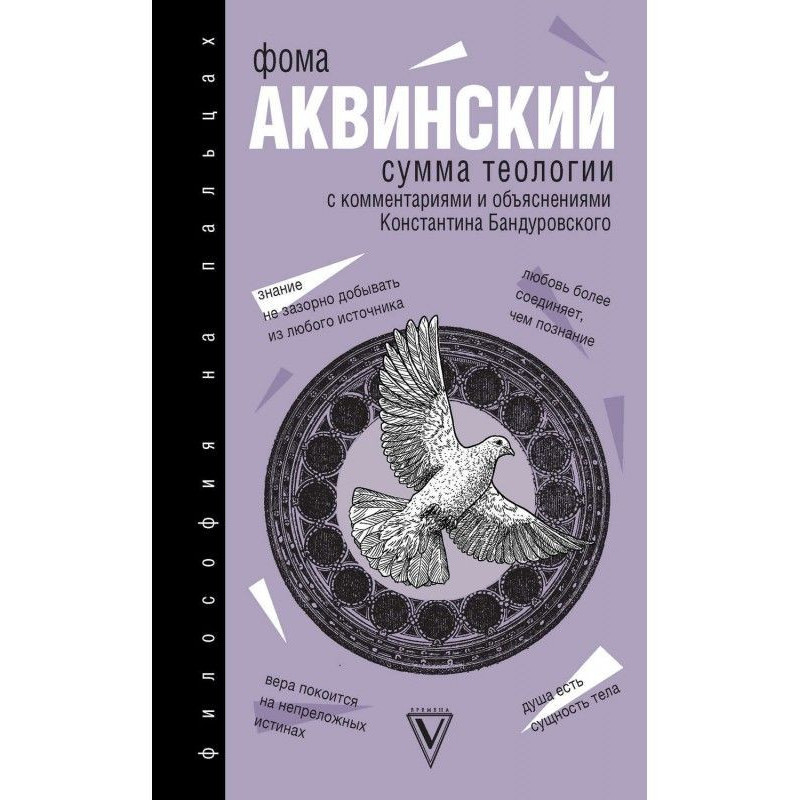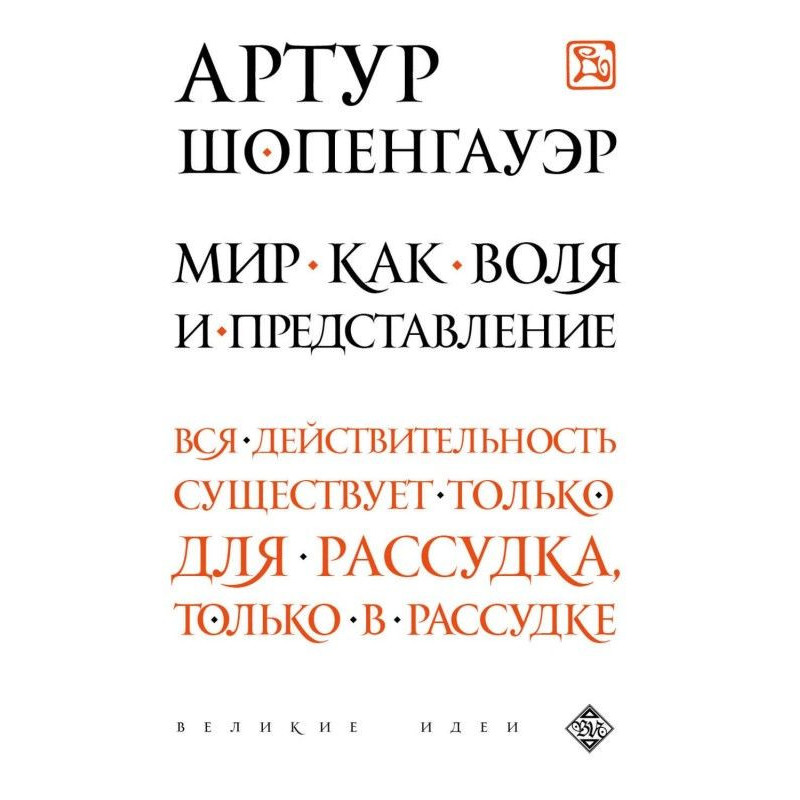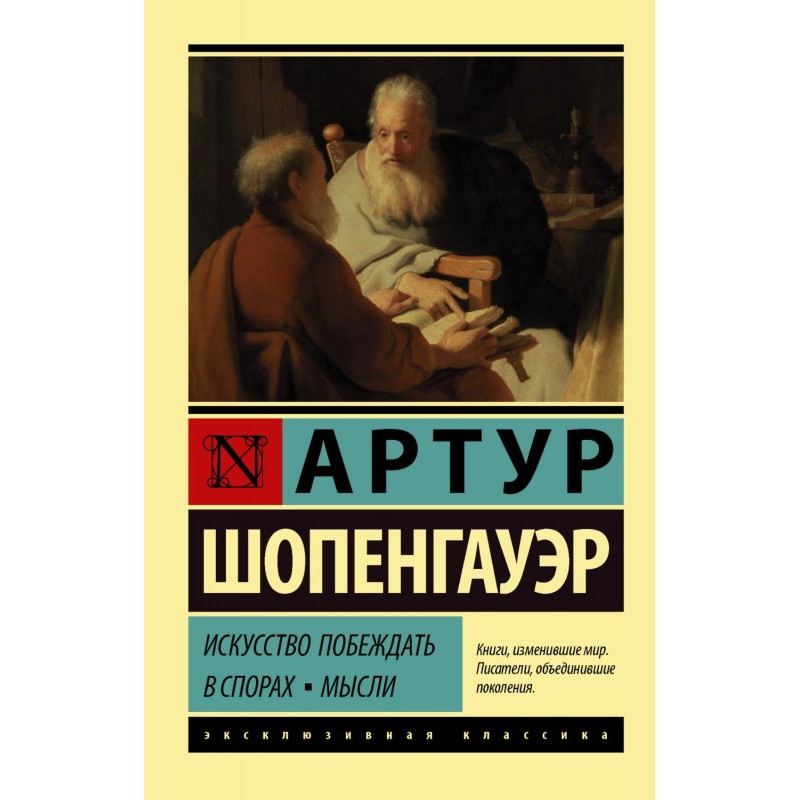Top cadres of the Red Army. 1917–1921
 Instant download
Instant download
after payment (24/7)
 Wide range of formats
Wide range of formats
(for all gadgets)
 Full book
Full book
(including for Apple and Android)
What was the “triumvirate of people’s commissars” supposedly chosen by the Second All-Russian Congress of Soviets? How was the secret war with Germany conducted after the signing of the Brest-Litovsk Treaty? Were the Left Socialist-Revolutionaries really half-crazed “revolutionary romantics” who stood in positions of “holy war” without a regular army? How did the Red Army become the most powerful political institution? What is the collective portrait of “Trotsky’s cadres”? How did military counterintelligence guard the Red Army? What was the other side of Soviet military development?.. Historian Sergei Voitikov answers these and many other pressing questions in his book. The author analyzes the period of the Civil War, when the leadership of the Red Army went through its formation process - from the creation of the Committee for Military and Naval Affairs to the large-scale reorganization of the central apparatus of the Red Army, which began in February 1921. The book is based on many unknown documents, most of which were not previously involved in research, first identified in more than 40 collections of four archives: three federal and one regional. The book is intended for a wide range of readers.
Data sheet
- Name of the Author
- Сергей Войтиков Сергеевич
- Language
- Ukrainian
- Release date
- 2010
Reviews
Вражаюче дослідження важливого періоду в історії
Книга Сергія Войтикова "Найвищі кадри Червоної Армії. 1917-1921 рр." є справжнім відкриттям для всіх, хто цікавиться історією Громадянської війни в Росії. Автор глибоко аналізує складні питання, пов'язані з формуванням Червоної Армії, використовуючи безліч раніше невідомих документів, що робить цю працю унікальною. Войтиков не лише описує події, але й пропонує критичний погляд на роль "тріумвірату наркомів" та їхні дії під час таємної війни з Німеччиною. Книга спонукає до роздумів про політичні та військові аспекти того часу, а також про становлення Червоної Армії як потужного інституту. Хоча текст перекладено з використанням штучного інтелекту, що іноді призводить до незначних неточностей, загальна якість викладу залишається високою. Рекомендую цю книгу всім, хто бажає глибше зрозуміти історію та політику того періоду

